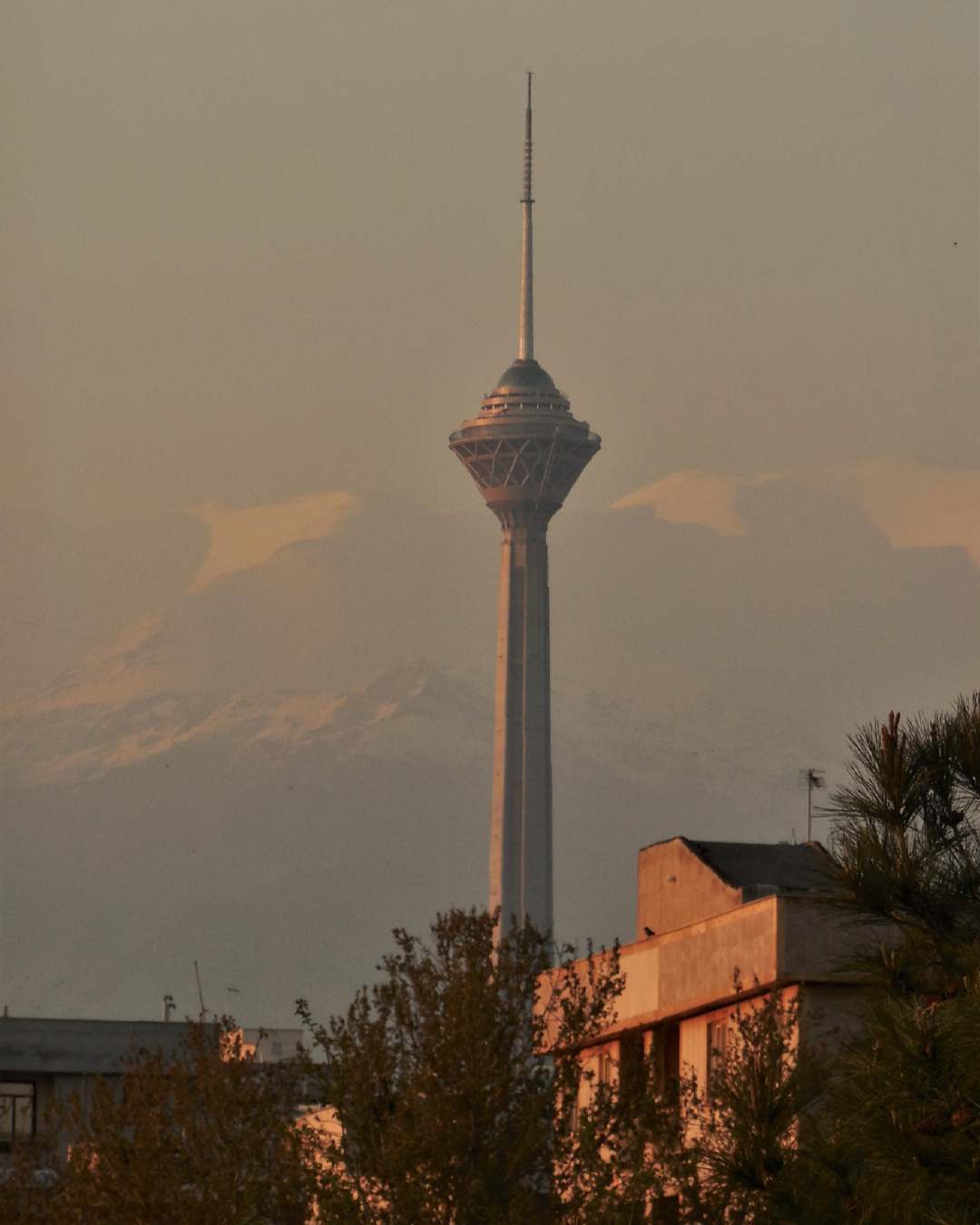While the capital is struggling with smoggy days, environmental experts and authorities have begun warning about the impending arrival of another type of pollution: dust storms. The residents of Tehran are used to frequent days of unhealthy air chiefly caused by the large number of vehicles and motorbikes, but the desiccation of nearby wetlands has sounded the alarm over the appearance of new types of particle pollution.
According to Mehrdad Ketal-Mohseni, deputy for technical affairs at the Department of Environment, climate change and drought, along with excessive withdrawal of water in the upstream areas for farming, have left the wetlands of Tehran Province dry or on the verge of drying up, IRNA reported.
"Once completely dry, these lands will become sources of dust storms that will also carry contamination to cities, since many rivers and groundwater reservoirs are polluted by waste and wastewater," he said. There are three wetlands in Tehran Province, namely Bandalikhan, 35 kilometers south of Varamin County, Qanbarabad and Eshqabad, some 30 km from Rey County.
Besides, a number of dam reservoirs and artificial lakes, including Latyan, Mamalou and Fashafouyeh, are considered wetlands based on the directives of Ramsar Convention, although it is argued by certain experts. Bandalikhan is a seasonal wetland whose area changes, depending on the level of precipitation. It has now lost its economic and ecological value. The official said that under ideal conditions, an area of 5,000 hectares is filled with water but this year, only puddles have formed on 100 hectares.
Wetlands in Dire Straits
Wetland acts as a barrier between desert-lands and urban areas, and plays a key role in balancing the temperature of surrounding regions, stabilizing the soil and preventing desertification and land degradation.
Based on a 2014 directive, 30% of the Shour River's water were designated for Bandalikhan, but it now receives only 10% of its water right. The wetland is also threatened by pollution from the wastewater of Charmshahr industrial town. The town's treatment plant does not work at full capacity because its second phase has not become operational. The wastewater flowing into the wetland is contaminated with heavy metals and microbial pollution, and the level of BOD and COD (biochemical and chemical oxygen demand) is higher than standard. Therefore, it will generate contaminated dust upon drying.
Qanbarabad, the other wetland of Tehran, has completely desiccated while the volume of water in Fashafouyeh Lake has declined by 30%. Ketal-Mohseni noted that Eshqabad Wetland and Mamalou and Latyan reservoirs have not had a significant change.
Some experts blame the dire conditions of Tehran's wetlands on Mamalou and Latyan dams.
"These reservoirs do not qualify as wetlands in terms of ecology. In fact, the reservoirs store the share of rivers and natural wetlands behind dams and do Nature injustice," Masoud Amirzadeh, an environmentalist, said.
Bird Numbers Shrinking
The dying wetlands have also caused a 30% decline in the number of migratory birds.
"This year, 6,000 birds were counted in seven sites of the province, down from 8,500 last year," Ketal-Mohseni said.
Besides giving rise to dust storms, the death of wetlands will result in the destruction of birds' habitat, disappearance of pastures that provide the livelihood of nomadic populations, reduction of genetic diversity, land subsidence, shrinkage of aquifers and forced migration.
Lack of detailed knowledge about the qualities of these wetlands is a reason behind their fragility.
Ketal-Mohseni called for universities and research centers' cooperation to study and classify Tehran's water bodies.
"Little work has been done on Tehran's natural environment, although it is a capital city," he said, regretting that attention has only been given to human environment.
This year's World Wetlands Day (Feb. 2) was themed “Wetlands for a Sustainable Urban Future” to highlight the role of these water bodies on life in cities.


